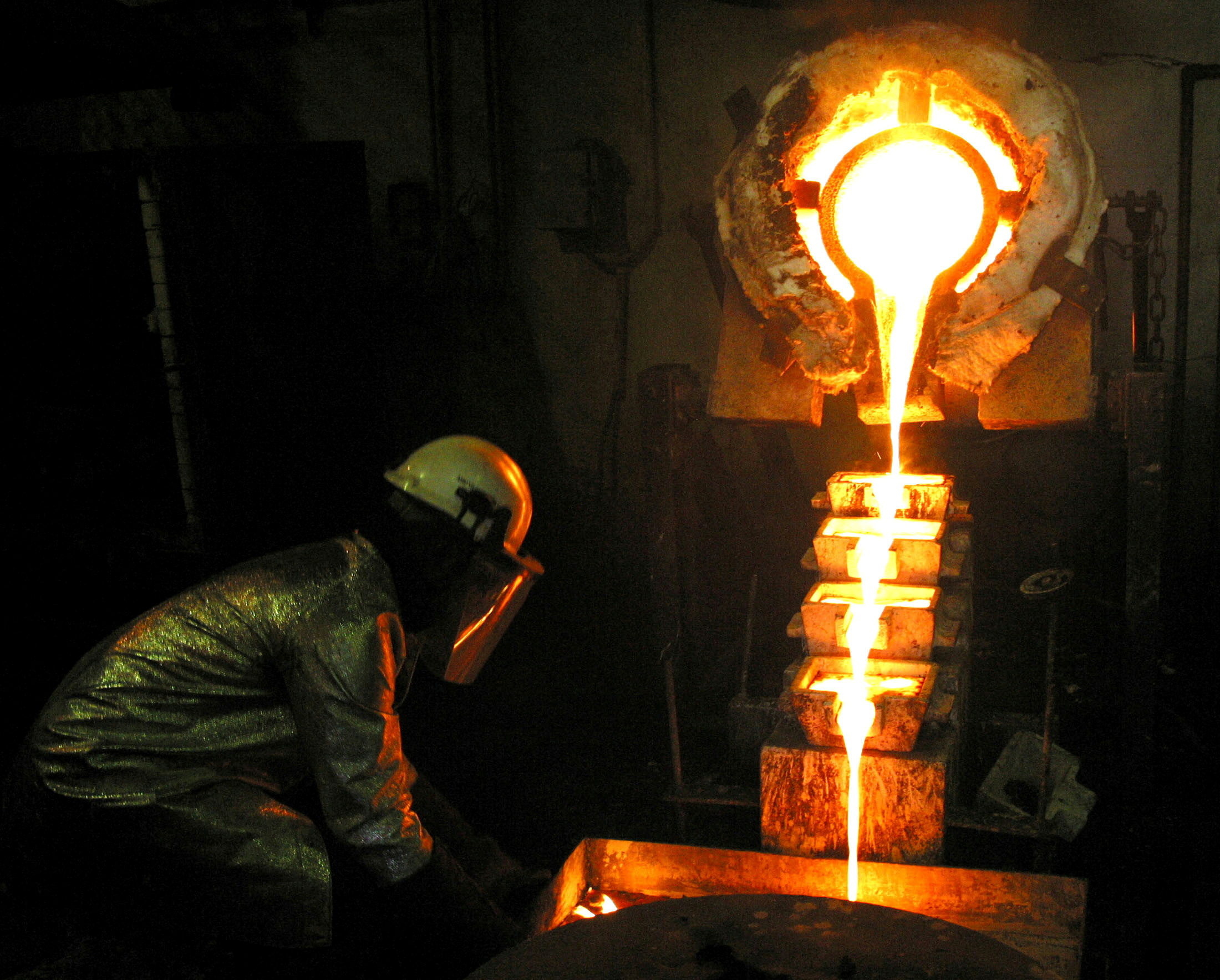In the US, the average bear market historically lasts about 14 months. Stocks return to previous highs three to five years later. In contrast, Japan has waited three decades for its key stock index to revisit its record high of December 1989.
On Monday, the benchmark Topix index surpassed 2,110 points, nearing its highest level back then. Fundamentals support further advances. But Japanese investors have painful memories of the 1989 market peak: the bursting of the “bubble economy” followed. It will take nerve as well as conviction to go higher.
Some gains may be temporary. Investor sentiment rallied as the dollar strengthened last week. A weaker yen has long been taken as a signal to buy shares in exporters. The value of profits made overseas receives a boost when booked at home.
Other gains will be longer-lasting. Pressure to lift corporate returns is bearing fruit. A long list of local companies have announced large share repurchases, including technology groups Hitachi and Fujitsu. Activism is increasingly common. One example is ValueAct Capital’s push for change at convenience store operator Seven & i Holdings. A break-up is one possible outcome.
Low valuations are supporting share price rises. The Nikkei 225 is up 15 per cent this year but still trades below its 10-year average on a forward earnings basis.
Retail investors may yet prove to be the main hurdle to the recovery of the local market. They remain haunted by the memories of the bursting of the asset price bubble in the 1990s. This disillusioned many Japanese proud of their country’s export success and the wealth it had created. Fortunes evaporated overnight.
“Lost decades” of stagnant growth followed. Rallies have been shortlived during bull runs, leading to years of rangebound trading.
In 2013, for example, local investors dumped almost $70bn of stocks when indices showed signs of breaking out of their trading ranges. This was despite strong earnings. For the rally to continue this time around, Japan needs to remember that today’s multiples are modest compared with the crazy levels of 1989.
If you are a subscriber and would like to receive alerts when Lex articles are published, just click the button ‘Add to myFT’, which appears at the top of this page above the headline
Japan stocks: investors must banish spectre of bubble burst



